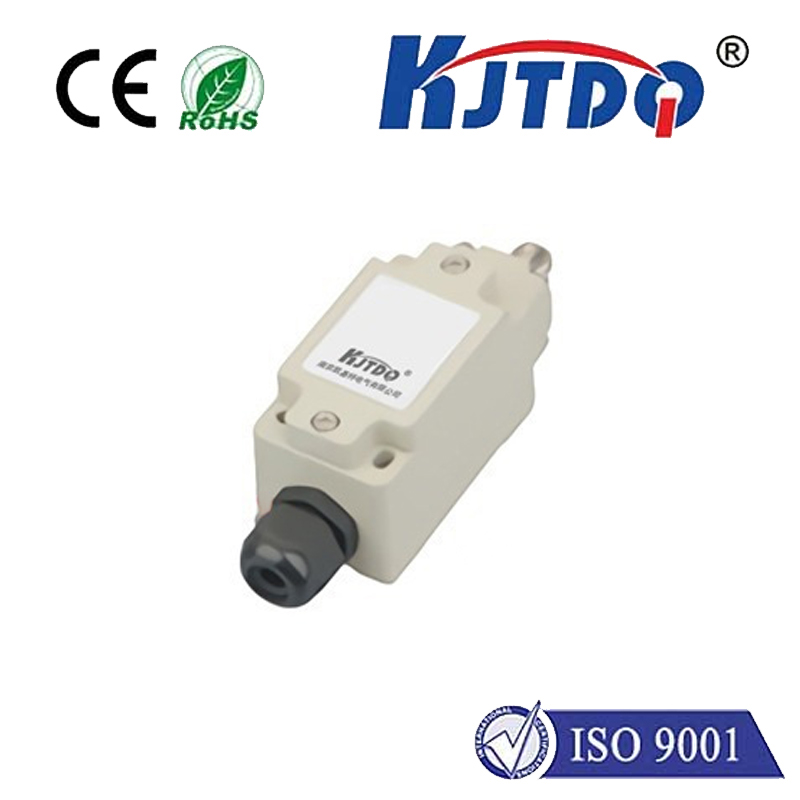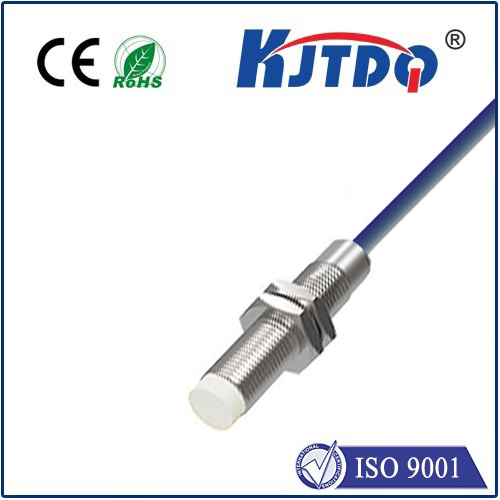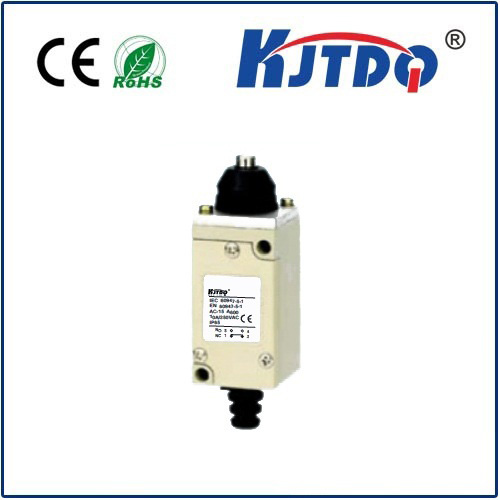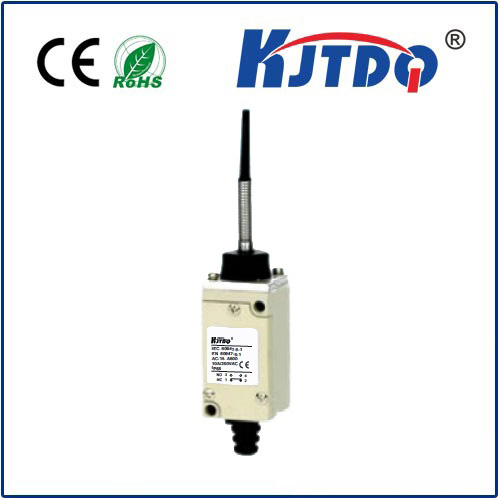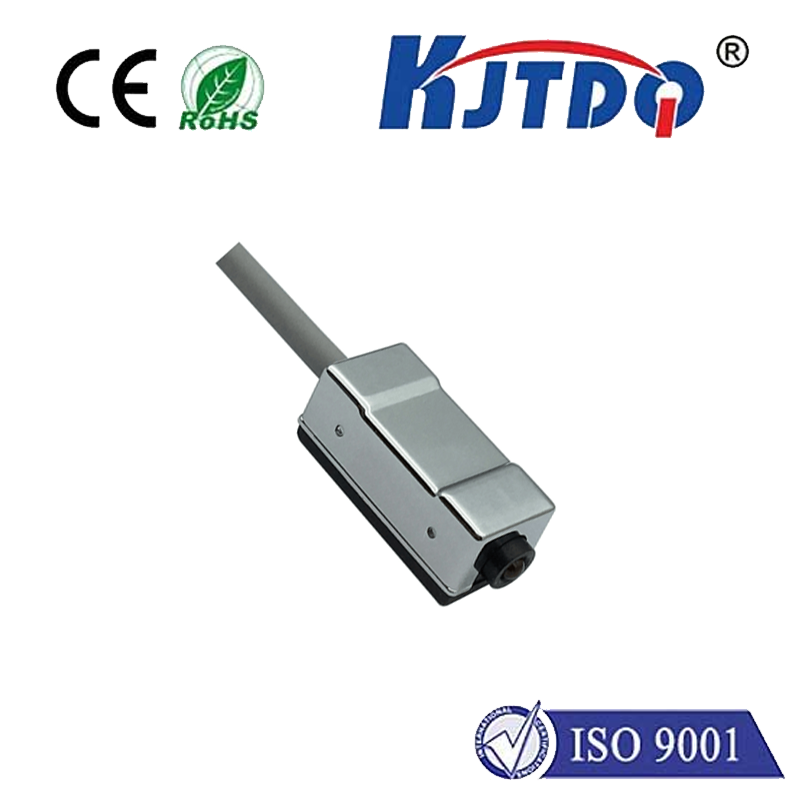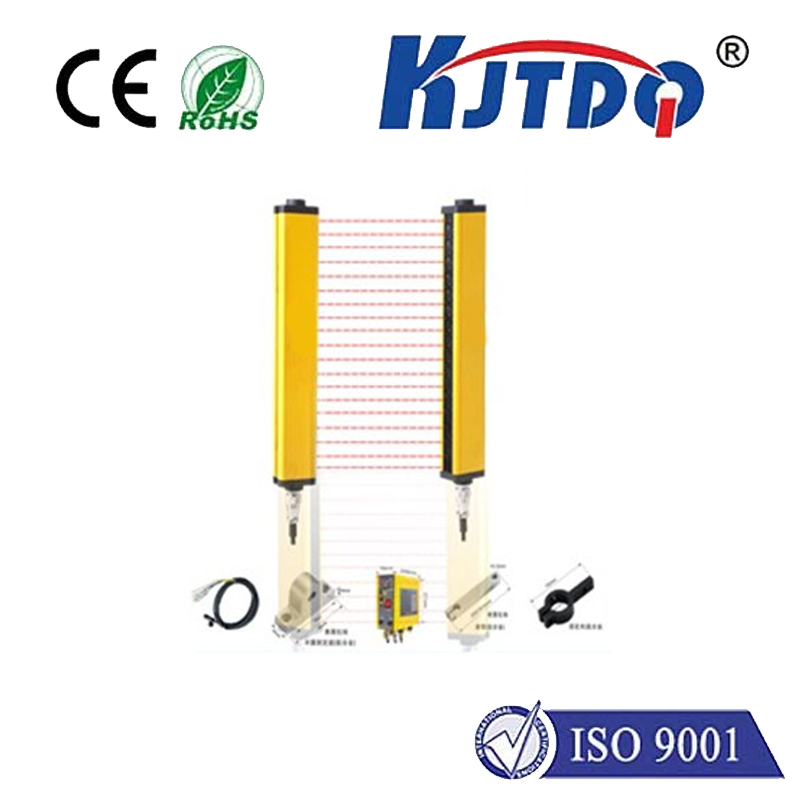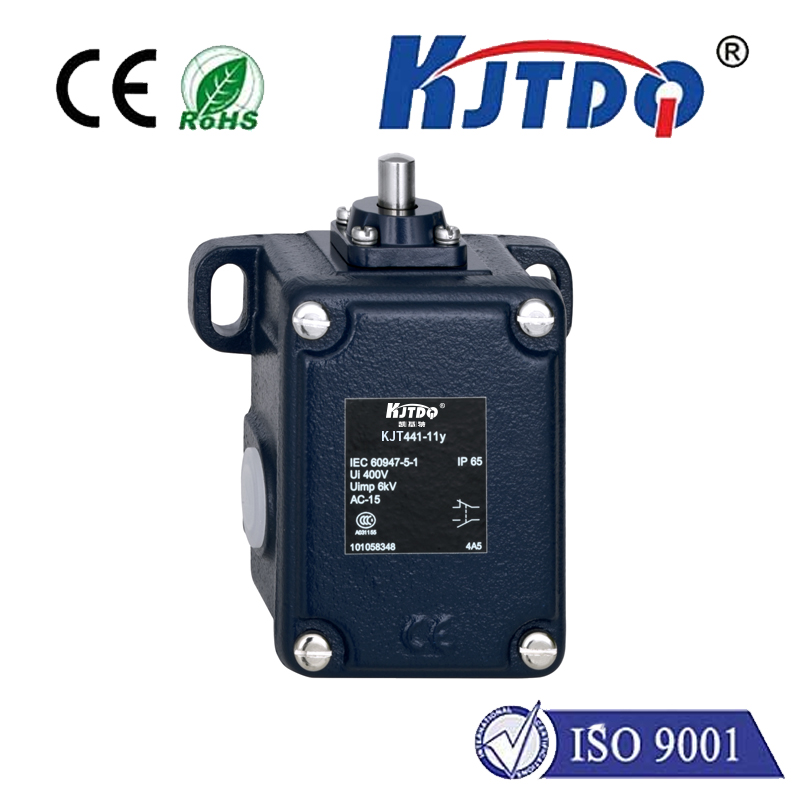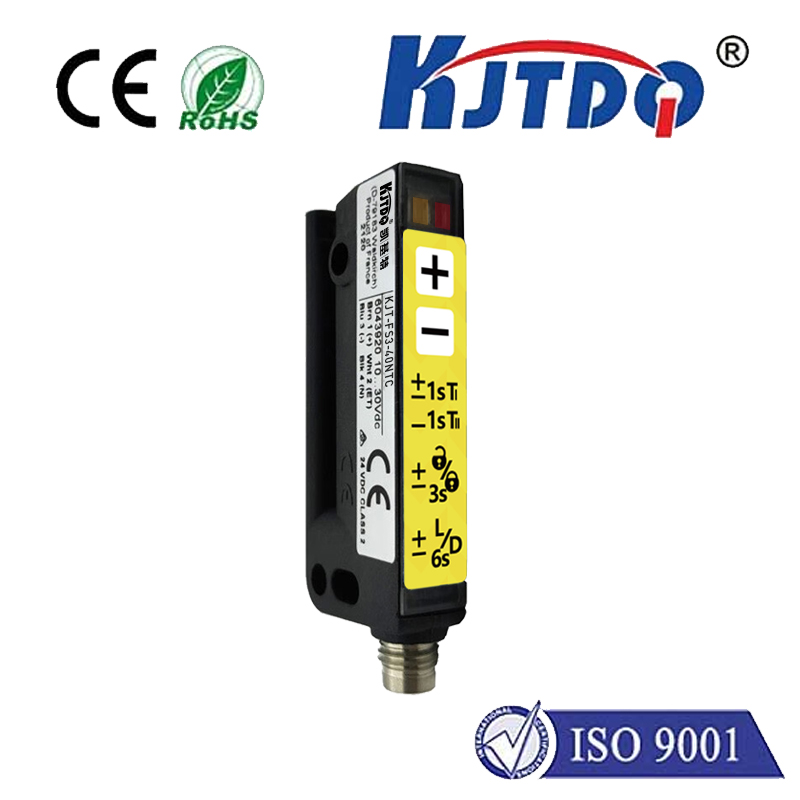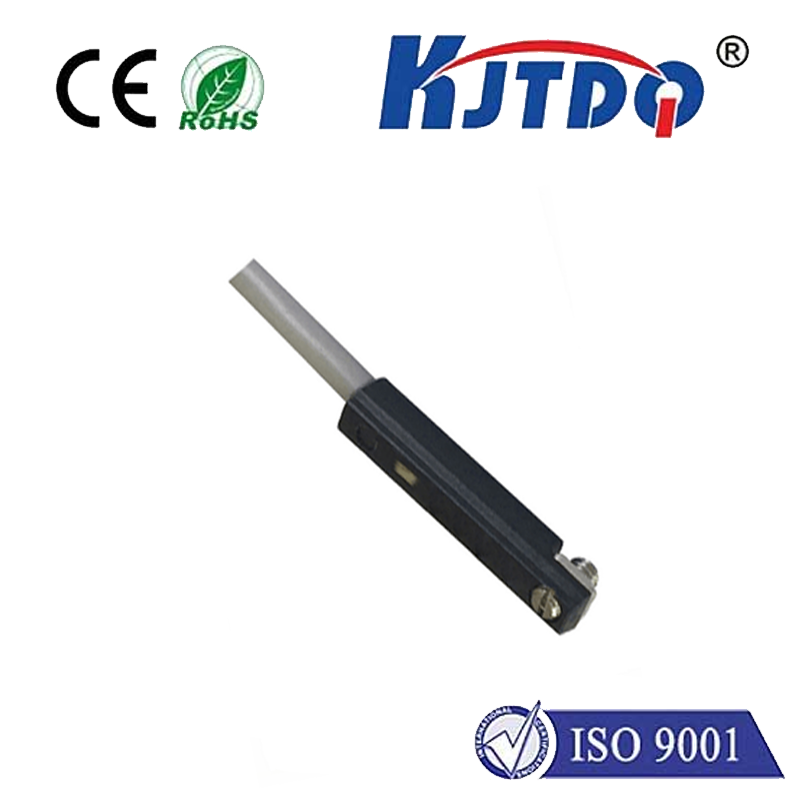
check

check

check

check
Title: Understanding Hoist Limit Switch and Its Importance in Industrial Applications
Hoist limit switch is a crucial component in industrial automation systems, especially in hoisting equipment. It is designed to detect the motion of the hoist's lifting rope or chain and trigger an electrical or mechanical action to stop the hoist when it reaches a predetermined limit. In this article, we will discuss the purpose of hoist limit switches, their working principle, and their importance in ensuring safety and efficiency in industrial operations.
Section 1: What is a Hoist Limit Switch?
A hoist limit switch is a device that is installed on the hoist's lifting rope or chain. It is designed to detect the motion of the lifting cable and trigger an electronic or mechanical action to stop the hoist when it reaches a predetermined limit. The switch is usually located near the lifting mechanism or at the end of the hoist, depending on its design.
Section 2: Working Principle of Hoist Limit Switches
The working principle of hoist limit switches can be divided into two types: electric and mechanical.
For electric hoist limit switches, the switch consists of two contacts that are brought together by an electrical current. When the hoist's lifting rope moves beyond the switch's range, the contact is opened, and an electric signal is sent to the control system. This signal triggers a stop command, which stops the hoist from moving further.
In contrast, mechanical hoist limit switches use a pawl or ratchet mechanism to detect the movement of the lifting cable. When the cable moves beyond the switch's range, the pawl or ratchet is pushed into contact with a set of contacts, causing an electric or mechanical action to stop the hoist.
Section 3: Importance of Hoist Limit Switches in Industrial Operations
Hoist limit switches play a critical role in ensuring safety and efficiency in industrial operations. Some of their primary benefits include:
1. Safety: Hoist limit switches help prevent accidents by stopping the hoist if it moves beyond its safe operating range. This prevents overloading, collisions with other equipment, or falls that could result in injuries or fatalities.
2. Efficiency: By stopping the hoist when it reaches its limits, hoist limit switches help ensure that the machine operates at its optimal performance level. This improves productivity and reduces waste, leading to cost savings for businesses.
3. Remote Control: Many hoist limit switches can be controlled remotely using a wired or wireless communication system. This allows operators to monitor the hoist's status and take immediate action if necessary without having to physically be present at the machine.
4. Easy Maintenance: Hoist limit switches are relatively simple devices that require minimal maintenance compared to other components of industrial machinery. They can be easily replaced or repaired if needed, minimizing downtime and ensuring continuous operation.
